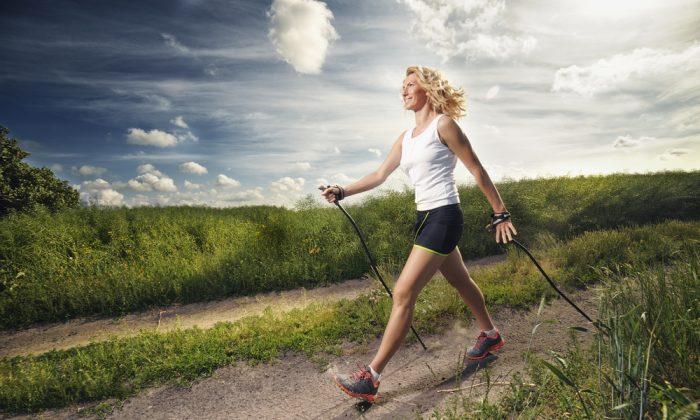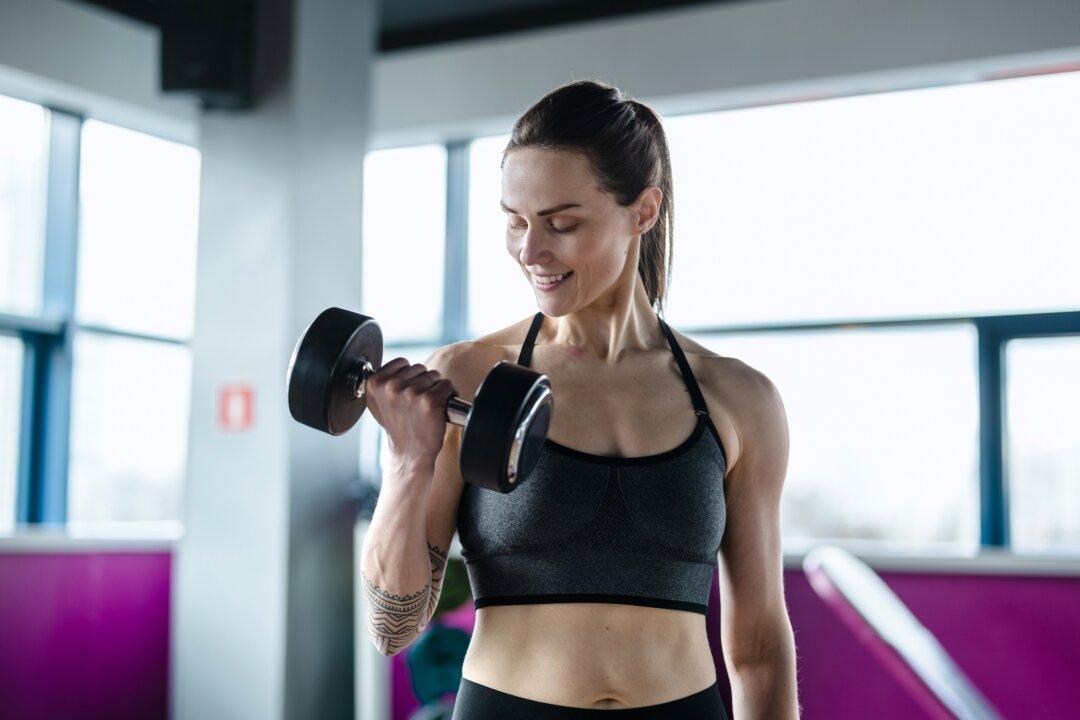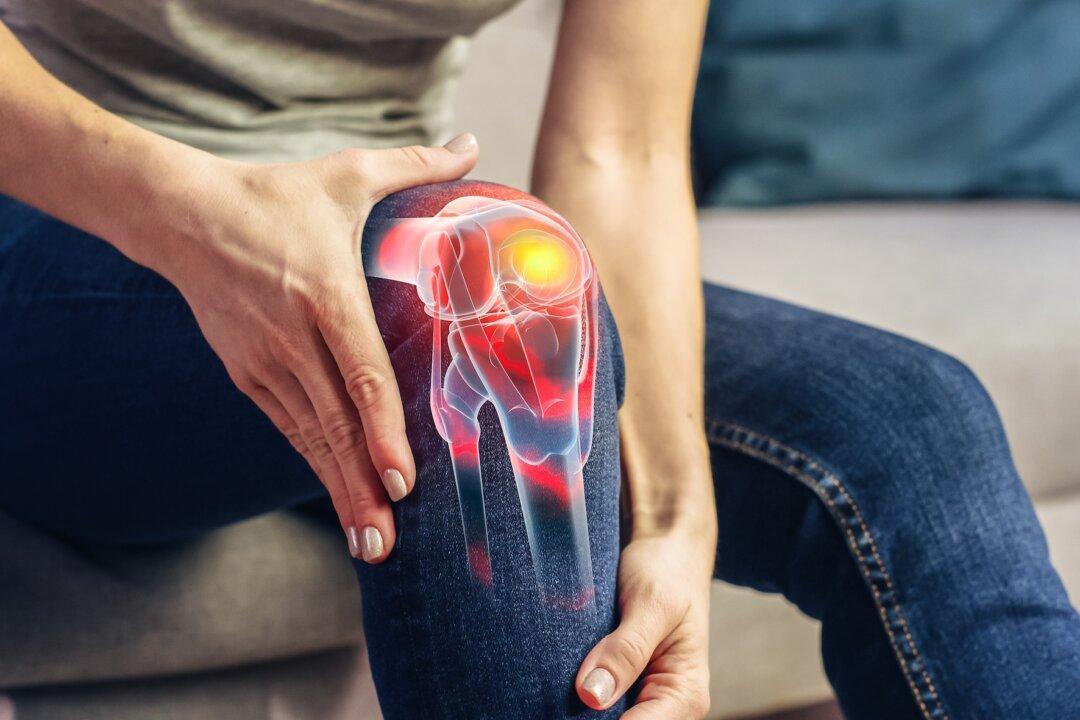* Inactivity worsens osteoarthritis,
* Osteoarthritis can be caused by being overweight, and
* Exercise is a primary treatment for osteoarthritis.
Osteoarthritis Is Very Common
Not Exercising Increases Joint Damage from Osteoarthritis
Exercise Treats Osteoarthritis
* muscle strengthening,
* range-of-motion drills,
* neuromuscular coordination exercises, and
* aerobic activities.

Osteoarthritis Risk Factors
Researchers reviewed 46 studies on risk factors for osteoarthritis of the knee and found that being overweight was associated with 28.8 percent of cases, and having a previous knee injury was associated with 5.1 percent of the cases. Vigorous exercise was not associated with knee osteoarthritis in middle-aged women.
Osteoarthritis can follow trauma such as a football injury or just falling. You are at increased risk for osteoarthritis if you have:
* joint cartilage fractures,
* trauma to your knee that tears ligaments or damages cartilage, or
* one leg longer than the other, which causes excess force on the shorter leg.
Recent data shows that long-term exercise or joint loading does not increase risk for osteoarthritis. Lifetime runners are at decreased risk for osteoarthritis. No good data show that people with regular joint loading, such as farmers or manual laborers, are at increased risk for osteoarthritis. However, if you have hip or knee pain, you are probably better off avoiding impact sports such as running or jumping. Instead, concentrate on sports with low impact such as pedaling a bicycle or swimming.

Joint Replacement
Try to delay replacing a knee or hip joint as long as possible. An artificial joint has no local immunity, so if you get an infection anywhere in your body, you are at increased risk for that infection ending up in the replaced joint. A general rule is to put off replacing a joint until it hurts so much that you cannot sleep at night.
An artificial joint is held in place by a spike that is driven into the middle of a long bone. This markedly weakens that bone. If you fall with a replaced joint, you are at high risk for cracking the bone around the spike of the joint replacement. The broken bone around the spike may never heal so that you lose the ability to exercise that joint forever. If you have a joint replacement, you should restrict running and jumping and exercises that put you at high risk for falling. Choose exercises that use smooth motions such as elliptical machines, cycling or swimming.
This article was originally published on www.drmirkin.com. Subscribe to their free weekly Fitness & Health newsletter.
*Image of “woman“ via Shutterstock






Friends Read Free